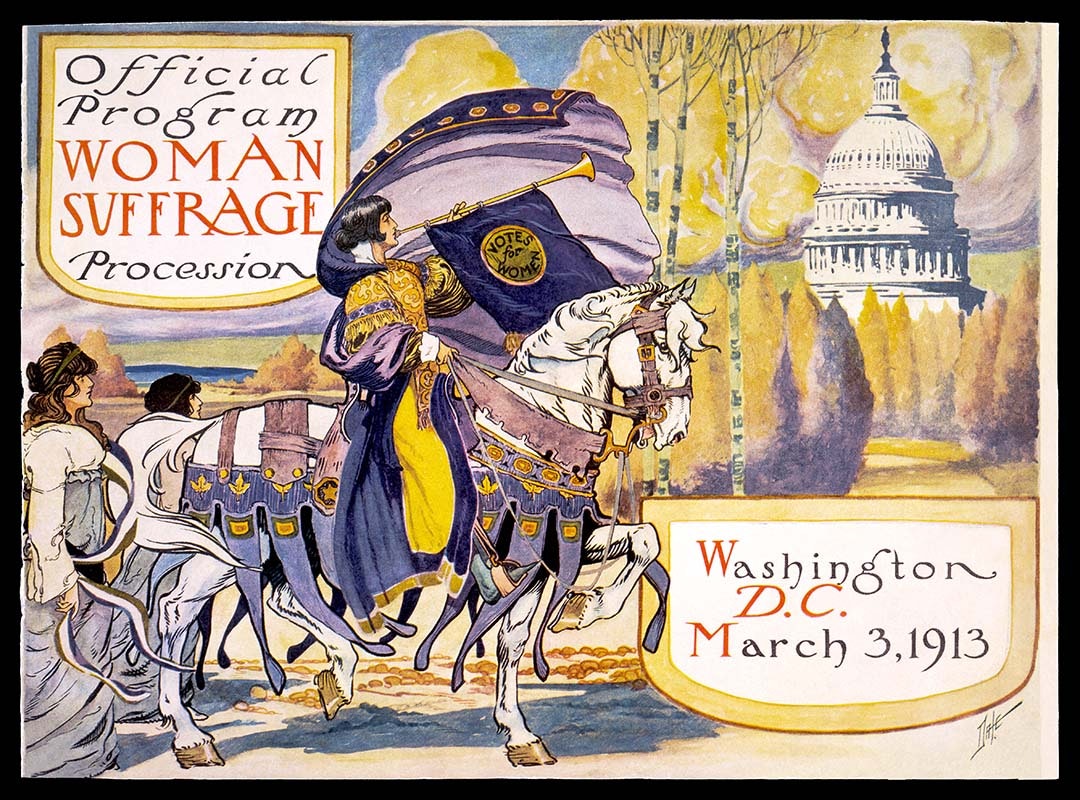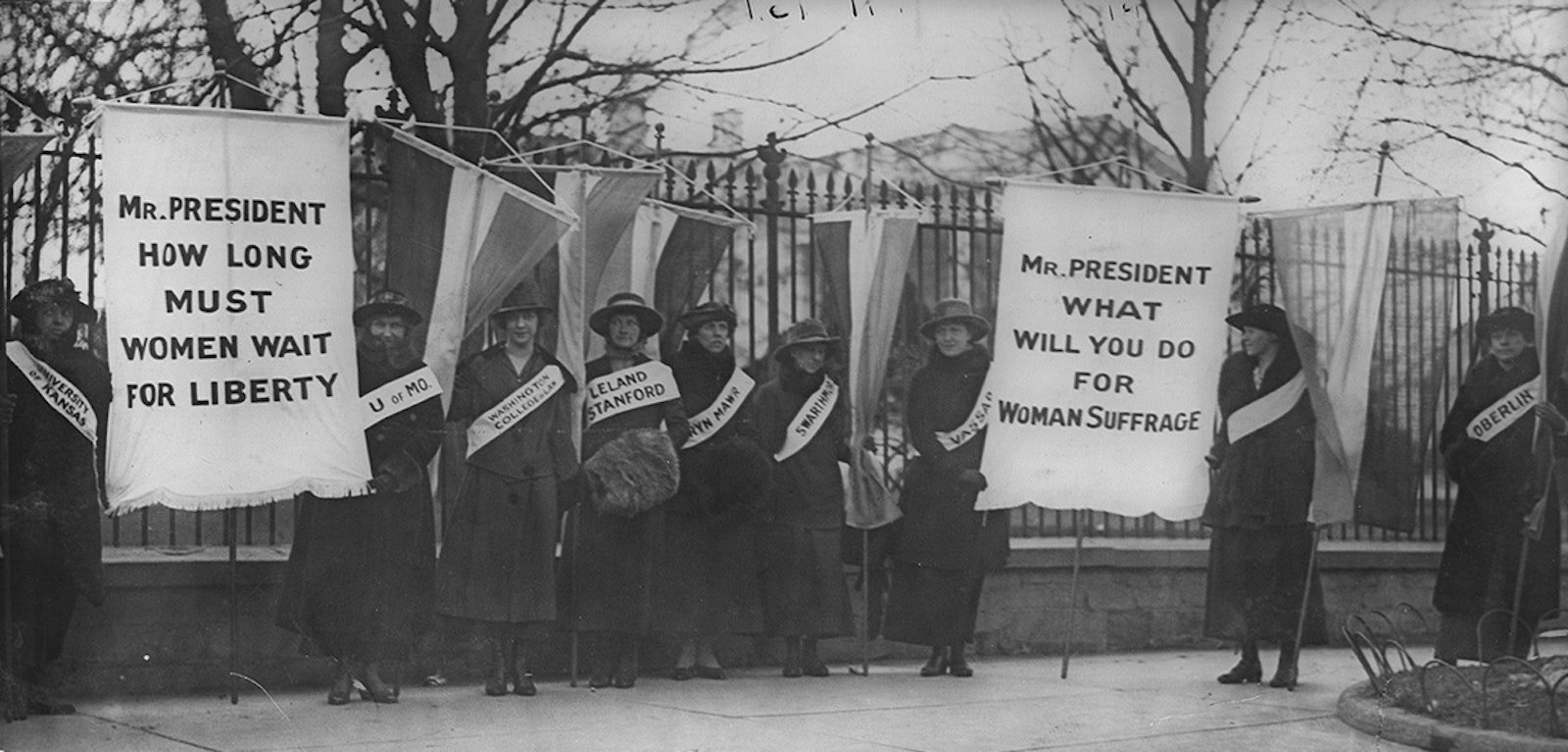I was a bit disappointed in myself the other day for not remembering that 2020 is the 100th anniversary of the ratification of the 19th Amendment, the amendment that gave women the right to vote. I was also disappointed that I couldn't find many references to it while looking for fiber shows to include in the What's Happening department of Handwoven May/June 2020. I am happy to say that the Avenir Museum of Design and Merchandising, the fiber museum at Colorado State University in Fort Collins, Colorado, has a show in Spring 2020 on how clothing shaped perceptions of women’s rights activists in the United States.
I toyed with the idea of scrapping my issue plans for November/December 2020 and making it all about suffrage instead, but frankly, I’ve already received some pretty great proposals for that issue which is about two-sided weaving, so I’ll stay the course. I also wasn’t sure how I was going to tie weaving and suffrage together into a cohesive package. I guess I could say there are two sides to every story, but I don’t believe that is true when it comes to women having the right to vote. On the other hand, I wouldn’t mind seeing some beautiful handwoven pieces that celebrate women and their accomplishments.

Official program of the Women Suffrage Procession, March 3, 1913. Photo in public domain.
In reading about suffrage, I was intrigued a lot, but here are a few things that jumped out at me:
- The United States was hardly the first country to give the vote to women when they did so in August of 1920, but there were many countries that didn’t do so until much later. France in 1944 and Switzerland in 1971 were a couple of outliers that I wasn’t expecting.
- One source said that women’s accomplishments during World War I probably pushed the suffrage effort forward. I guess it’s difficult to say someone can’t vote after they’ve supported their family and helped the war effort by working in munitions factories.
- It took about 100 years of protests, petitioning, and political wrangling to get the amendment passed in 1919. It passed the House by a large margin but only by 2 votes in the Senate. Ratification by all the states took longer, more than 60 years.
- Wyoming was the first state to grant voting rights to women and was also the first state to elect a female governor, Nellie Tayloe Ross (1876-1977) in 1924.
Happy anniversary year of women’s suffrage!
Weave well,
Susan

